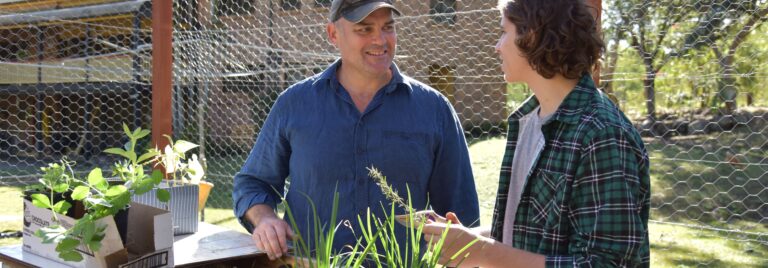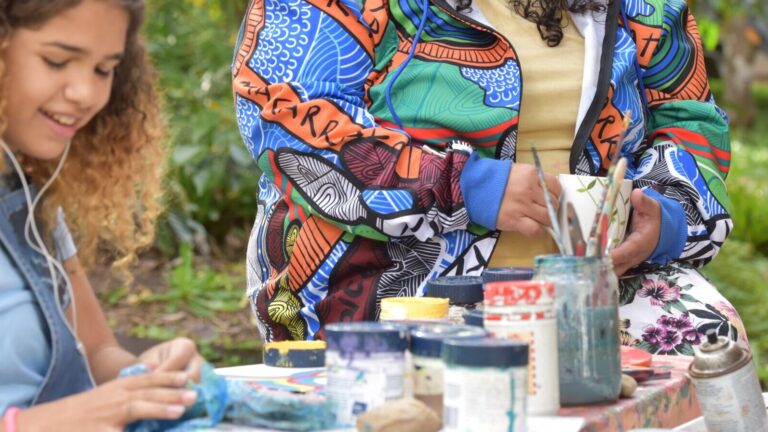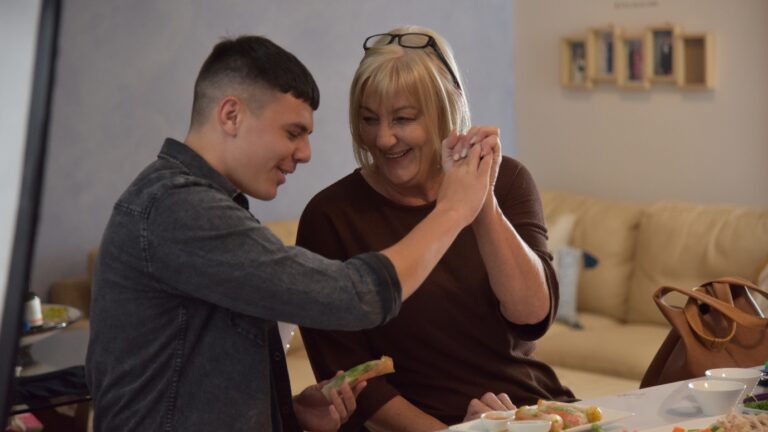With life being so busy, it is easy to lose sight of your own spark, that thing that gives you energy and joy in your life and helps you derive meaning from what you do. When we forget to nurture our own spark, we also deprive our kids of a role model to help them find theirs. Here are some ways you can discover or nurture your own spark so you can help your child discover theirs.
What a spark looks like
According to researcher Peter Benson, a spark:
- gives energy and joy
- provides the feeling of being alive, useful and purposeful
- is absorbing to the point that you ‘lose yourself in the moment’
- originates from inside a person
- is a skill, talent, interest or gift
- is a person’s prime source of meaning, self-directed action and purpose
- has the potential to make the world a better place for others.
A spark doesn’t have to be something associated with your paid work. It might be a hobby you enjoy such as painting or hiking, volunteer work you do in your community, or the way you think and express yourself. It could even be learning itself – developing yourself and your skills – that inspires you. Your spark could also be a source of frustration, and even draining at times, but ultimately it is something you choose to stick at because it means something to you and you know it matters. Read about the many ways you can find your spark and encourage your child to find theirs too.
Demonstrate why sparks matter
When our children see us pursuing our spark, it shows them that sparks matter. Let your child see you doing something you truly enjoy and talk to them about how good it makes you feel, remembering that your child is watching what you do, so make sure your activities are safe and legal. Let your child see you working at something, investing effort in self-improvement, practising and honing a skill. Talk to them about the importance of sticking it out, even when it gets hard, and you’re tired, and the wonders of delayed satisfaction. It doesn’t matter if your child doesn’t share your interest, or even if they roll their eyes when you talk about it. In pursuing your own spark, you are showing your child that committing to something can bring you joy and satisfaction and also help you develop useful skills that can help you succeed in life. That persistence, dedication and resilience can bring joy and purpose in themselves, regardless of the outcome.
Find people who share your interests
Whatever it is that gives you real joy – a hobby, your job, volunteering – there are bound to be other people who enjoy it just as much as you. Try and develop friendships with people who are supportive of your spark and who share your interests. Surrounding yourself with people who ignite your spark will also build your confidence and help your child see how friends like these can make life better while helping you pursue your spark.
Use obstacles as opportunities
Learning a new skill does not happen overnight and when your child sees you committing to something, despite its difficulties, they learn how valuable such an approach can be in their life too. In pursuing your spark, you are showing your child that an obstacle does not need to derail your plan; it’s really just part of a process that helps you learn and achieve your goal and makes you stronger.
Have fun
Let your child see that learning something new or doing something you enjoy is worth it no matter where it takes you. Learning a new skill or doing something you enjoy doesn’t have to be about getting to the Olympics or winning a competition. Learning is what humans are built to do, and learning new things empowers us, builds our self-confidence, and can open doors to new experiences. Doing things you enjoy and learning new skills are valuable because they bring joy to our lives and give us useful tools that help us in many other parts of our lives. Let your child see the joy you experience in learning something and this will encourage them to stick at those things that bring them joy and meaning.
Last Updated: 22 December 2022




